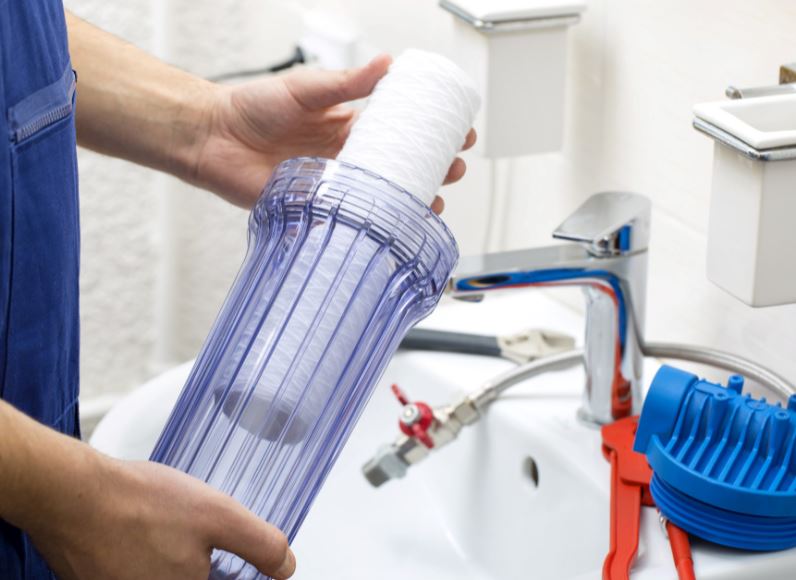More than 50% of American households depend on groundwater for sustenance. However, only about 2.5% of the entire earth’s water is fresh. With growing populations, the insatiable need for water calls for new innovative ways of purifying this precious commodity.

Water filters are among the modern techniques that provide solutions to water purification in a bid to keep up with the high demand. Nonetheless, despite the importance of water filters, most people don’t have an idea of how these systems work.
So how do water filters work? This guide offers all the answers you need.
How Do Water Filters Work?
Water filters improve the quality of water by removing unwanted impurities such as sediments, hardness, and bacteria. While there are various types of water filters, the technical functionality is similar in most cases.
Here’re insights on how water filters work.
Mechanical Filtration
Mechanical filtration involves the removal of sediments and dirt from water using a barrier. Such automatic filters must have extremely complex pore systems to ensure the ultra-fine filtration of pathogens. The process of mechanical filtration allows the water filter to get rid of all the sediments based on varying micron measures.
The mechanical filtration process may occur in phases depending on the water filter’s rating. For instance, water filters that have a score of 0.5 microns remove cysts and other forms of giardia. Further, filters that range within the 1-micron rating can remove particles and rather small objects without using a microscope.
Finally, you can also opt for the 5 micron rated water filters. These filters can remove most particles visible to the eyes during the process of filtration.
Absorption
Most water filters use carbon to accomplish the process of absorption. Absorption is critical during filtration. This is because it removes all the water-borne contaminants, which makes the water safe for domestic use.
Carbon can absorb contaminators easily due to the substantial internal surface inherent in the compound. Most of the home-use water filters have granular activated carbon. The carbon reduces unwanted taste and ambiance.
Sequestration
Most scale inhibiting filters utilize sequestration in the process of water filtration. The idea is to inhibit the scales as opposed to eradicating them in the filtration process. The method of filtration utilizes polyphosphate to keep the minerals within the solution.
Most domestic and commercial water filters don’t consider this option because it leaves out certain impurities in the water sequencing process.
Reverse Osmosis
This is a common approach in the functionality of most modern filters. Reverse osmosis system uses water pressure to force water through a membrane in order to remove impurities. The method allows certain types of waste to go down the drain as the water filter goes through a multi-stage water filtration process.
The use of reverse osmosis has become a common approach in the process of filtering water made for coffee. Depending on the wide range of filters in the market, there may be unique functionalities you might want to consider.
Are you wondering, “How do water filters work?” You can visit https://www.filtap.com.au/wollongong-water-filters/ to learn more about water filters and their functionality.
Learning Your Way around Water Filters Is Critical
Knowing the various processes involved in water filters is critical. If you have been wondering ”how do water filters work?” Now you have a better understanding of the processes involved in the filtration process.
Check out our other articles for more insightful content.



